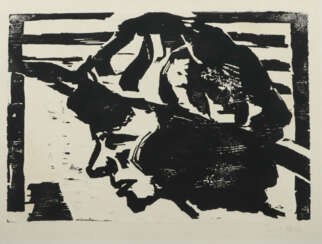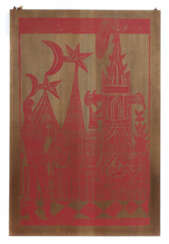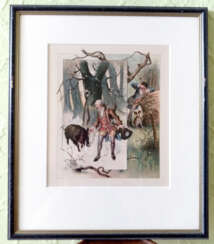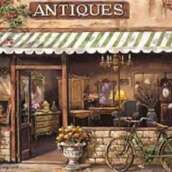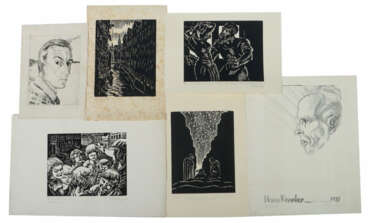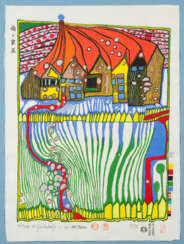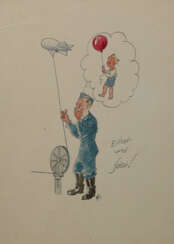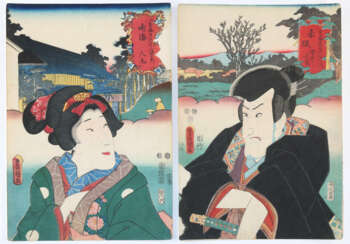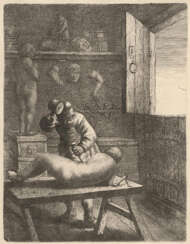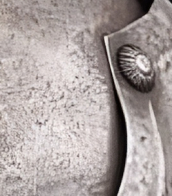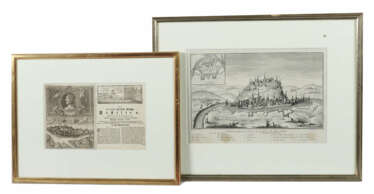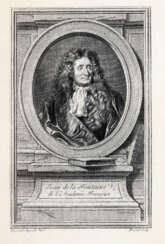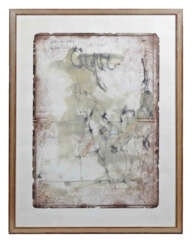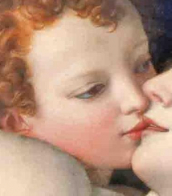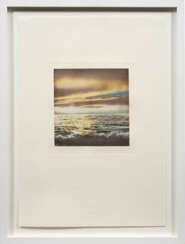137 Items by auctions and galleries:
grafiken, drucke
Lot 3846 Janssen, Horst
Horst Janssen (1929 - 1995) 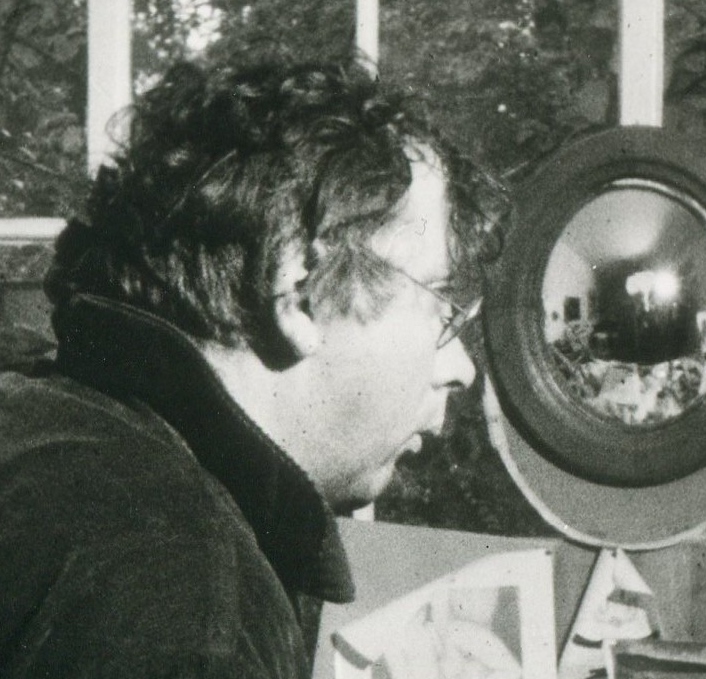 A141: Kunst und Antiquitäten – Teil 3
A141: Kunst und Antiquitäten – Teil 3 

Horst Janssen
14.11.1929 - 31.08.1995
Germany
Horst Janssen was a German graphic artist, printmaker, poster and illustrator. He created many drawings, etchings, woodcuts, lithographs, and woodcuts.
There is a museum dedicated to his legacy in Horst Janssen's hometown of Oldenburg. His works are represented internationally in major museums.

Auktionshaus Kiefer
A141: Kunst und Antiquitäten – Teil 3
Date: 05.12.2025 10:00 UTC +01:00
Number of lots in the catalog: 1621
Lot 593 Blinky (Peter Heisterkamp) Palermo. Graue Scheibe, blaues Dreieck
Blinky Palermo (1943 - 1977)  A541: Evening Sale
A541: Evening Sale 

Blinky Palermo
02.06.1943 - 18.02.1977
Germany, Maldives
Blinky Palermo was a German abstract painter.

VAN HAM Kunstauktionen GmbH
A541: Evening Sale
Date: 03.12.2025 18:00 UTC +01:00
Number of lots in the catalog: 519
